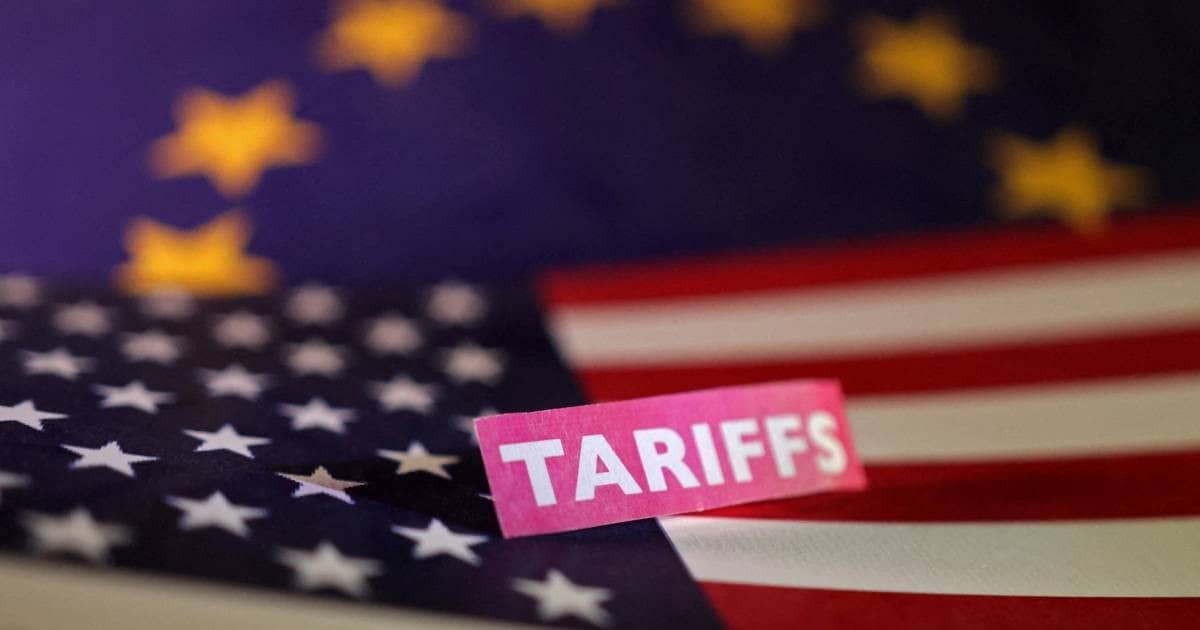The European Union is in a race against time as the 90-day window to address potential US tariffs has officially begun. With trade tensions rising the EU is urgently exploring ways to either prevent or soften the impact of new US tariffs. The stakes are high as these measures could disrupt billions in transatlantic trade.
This blog dives into the EU’s possible strategies the economic implications and what businesses should watch for as the deadline approaches. BestPrimeNews
Why Are US Tariffs a Major Concern for the EU?
The US tariffs under discussion could target key European industries including automotive steel and luxury goods. The EU fears a repeat of the 2018 trade war when the US imposed steep tariffs on steel and aluminum. Back then the EU responded with countermeasures but both sides suffered economic losses.
This time the EU wants to avoid escalation. Officials are weighing negotiations legal challenges and retaliatory measures. The goal is to protect European businesses while keeping trade relations stable.
Key Strategies the EU Is Considering

1. Diplomatic Negotiations to Avoid US Tariffs
The EU prefers dialogue over confrontation. Top officials are engaging with US counterparts to find common ground. The hope is that the US will delay or reduce tariffs in exchange for concessions on other trade issues.
Past negotiations have seen mixed results. But with both economies still recovering from global shocks there’s pressure to prevent another trade clash.
2. Retaliatory Tariffs as a Last Resort
If talks fail the EU may impose its own US tariffs on American goods. Potential targets include agricultural products tech exports and machinery. The EU has a history of striking back when necessary but prefers to avoid a full-blown trade war.
3. Legal Action Through the WTO
The World Trade Organization (WTO) could be another battleground. The EU might challenge US tariffs as unfair under global trade rules. However WTO disputes take time and the 90-day window is tight.
4. Strengthening Trade Alliances Outside the US
To reduce dependency the EU is accelerating trade deals with other partners. Agreements with Asia Africa and Latin America could help offset losses from US tariffs. Diversifying trade is a long-term strategy but crucial for resilience.
How US Tariffs Could Impact European Businesses
If new US tariffs take effect several sectors will feel the pain:
- Automotive Industry – Cars and auto parts could face higher costs.
- Steel and Aluminum – Manufacturers may see price hikes.
- Luxury Goods – High-end fashion and wines could lose competitiveness in the US market.
Small and medium-sized enterprises (SMEs) would be hit hardest as they lack the resources to absorb extra costs.
What’s Next? A Timeline of Critical Events

- First 30 Days – Intensive EU-US talks to find a compromise.
- Next 30 Days – If no deal the EU may prepare countermeasures.
- Final 30 Days – Deadline approaches with potential tariff announcements.
Businesses should monitor updates and prepare contingency plans.
Conclusion
The next 90 days will be decisive. The EU is pushing for a negotiated solution but is ready to fight back if needed. While US tariffs pose a real threat strategic planning and alliances could help mitigate the damage.
For now all eyes are on Brussels and Washington as the clock ticks down.
Final Thoughts
The EU faces a tough balancing act. It must protect its economy without provoking further US tariffs. Whether through diplomacy or defense Europe’s response will shape global trade for years to come.
Stay tuned for updates as this story develops. BestPrimeNews



